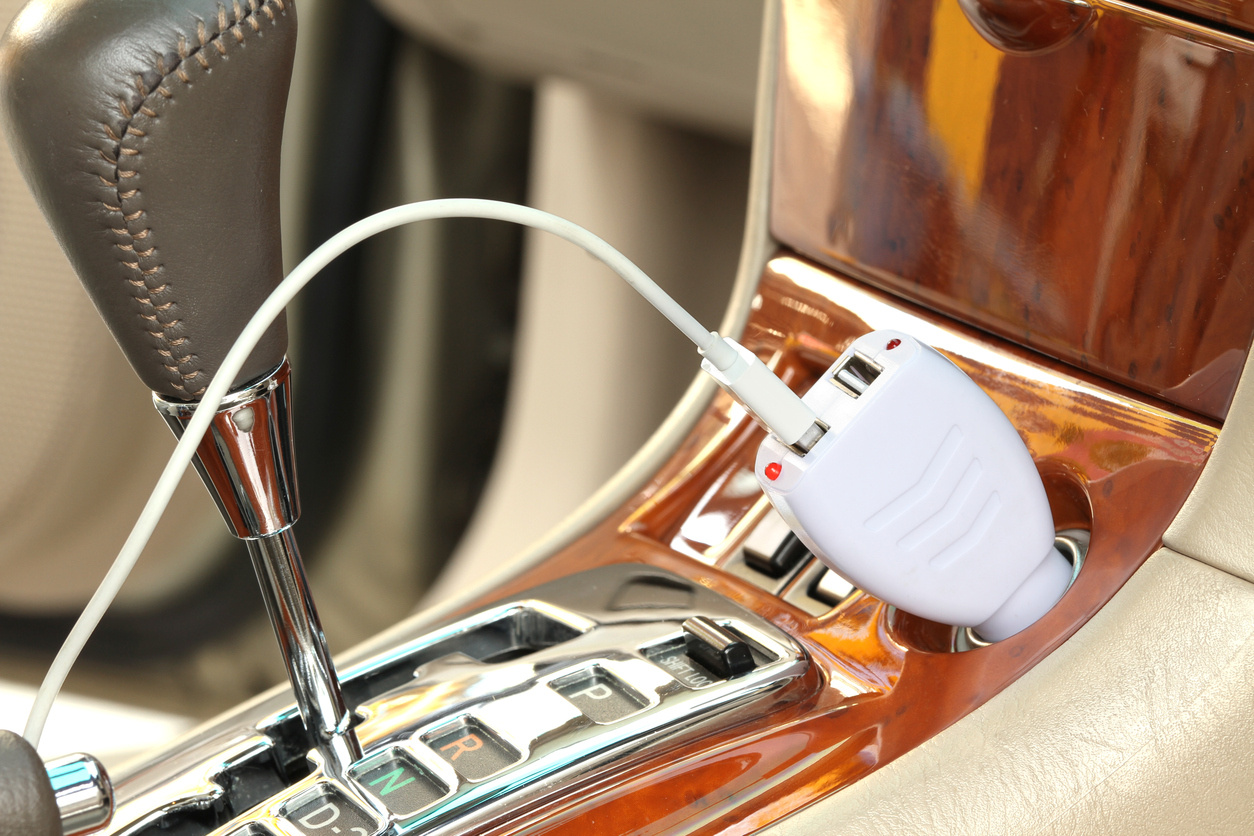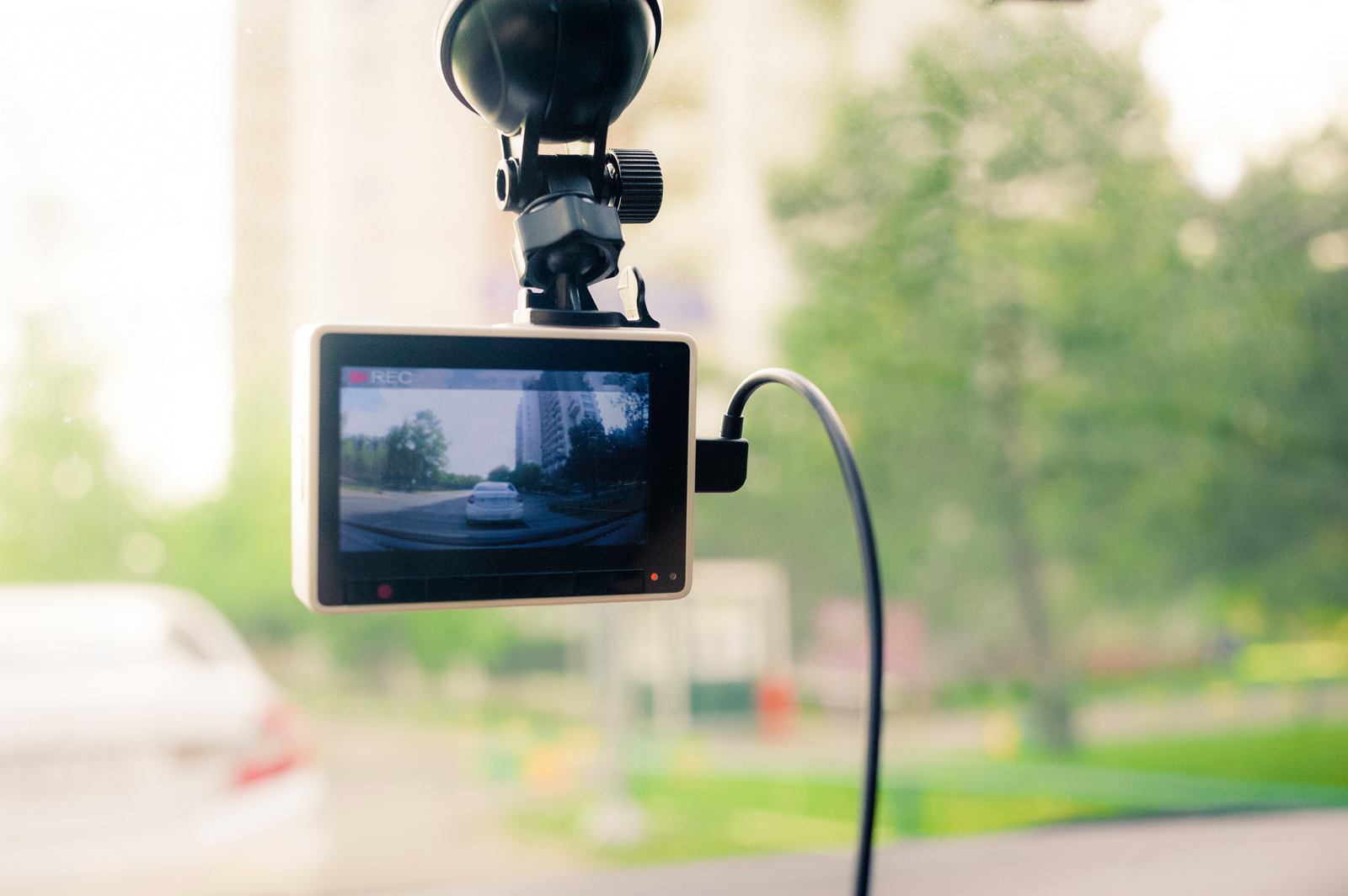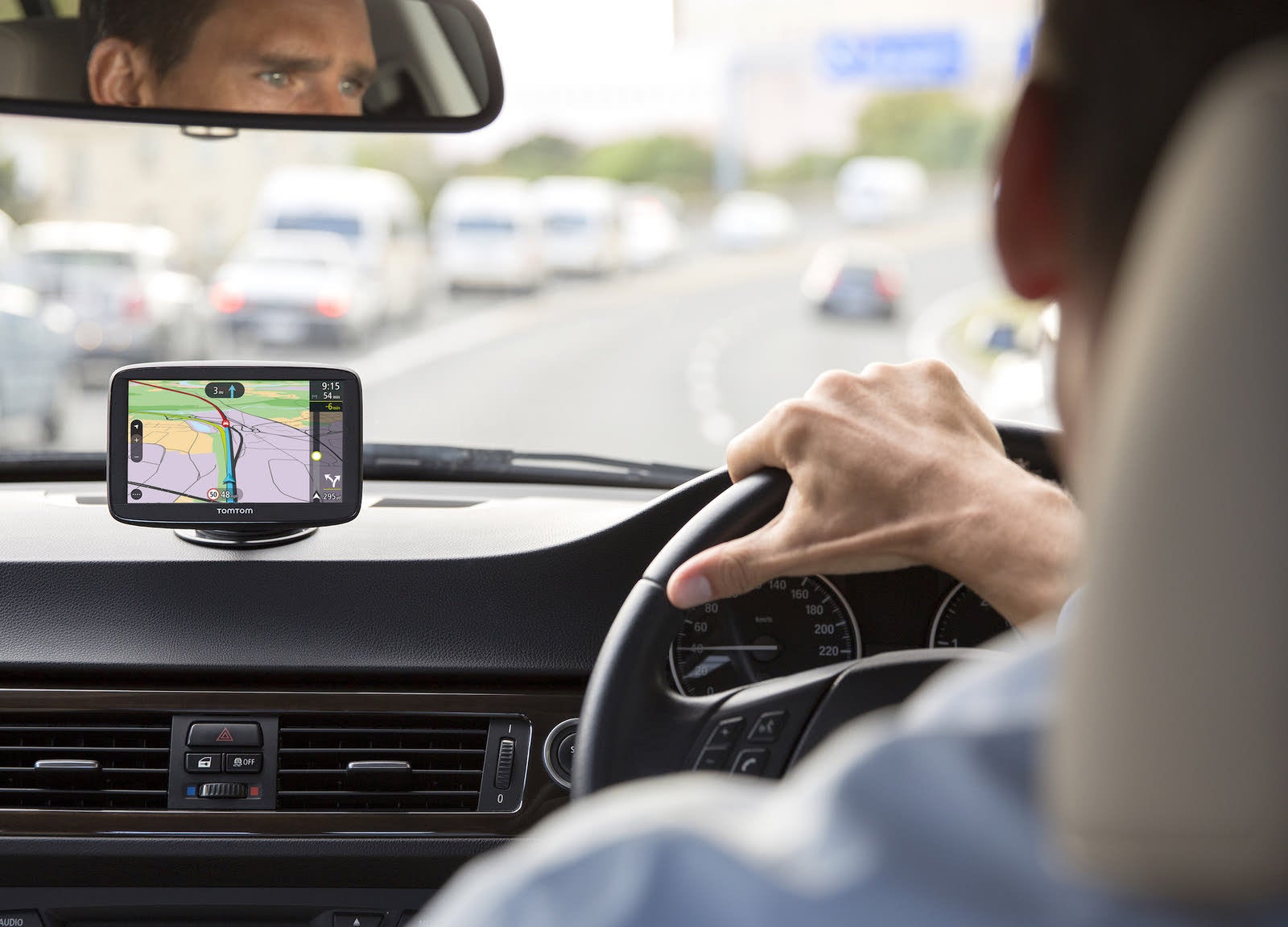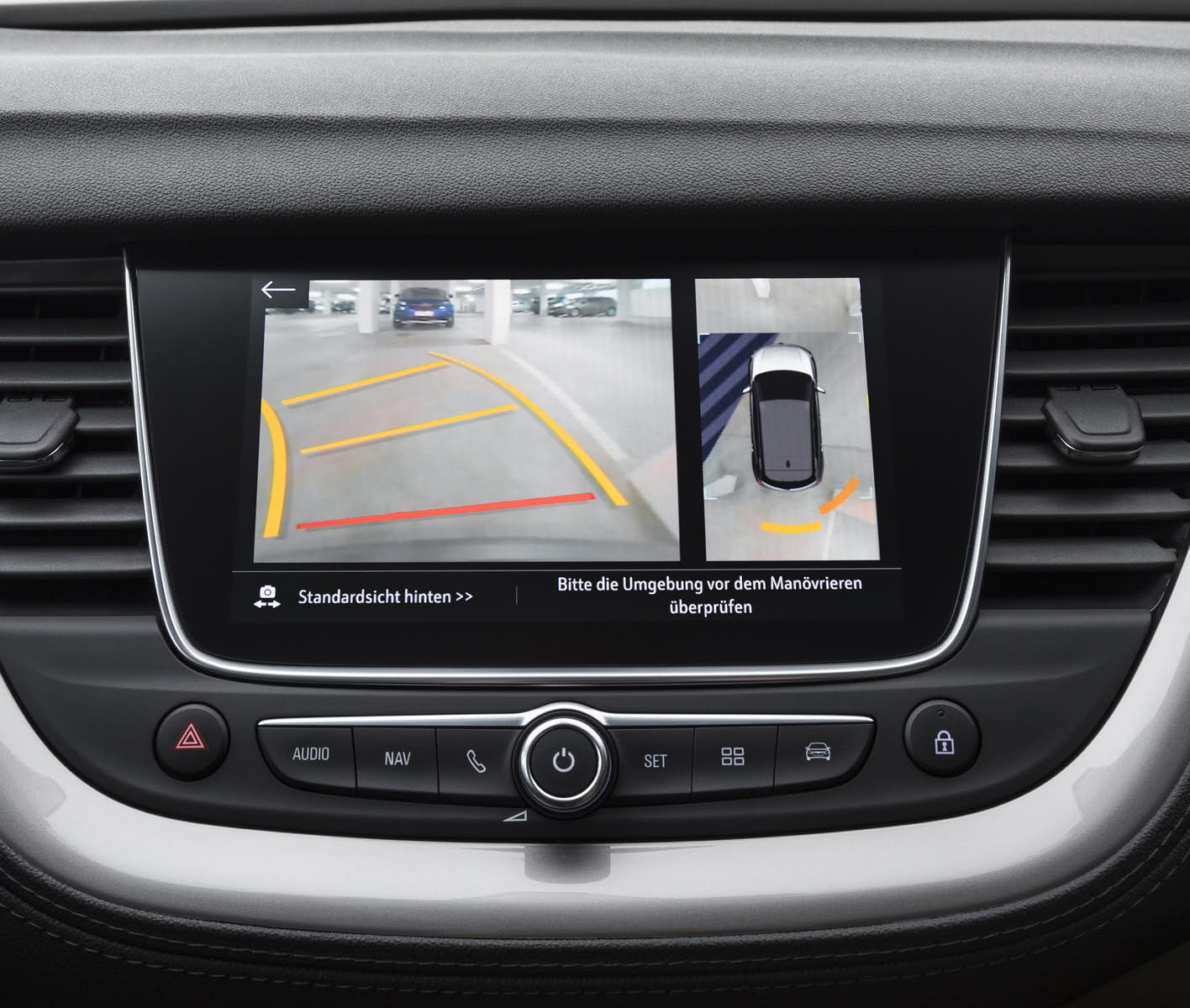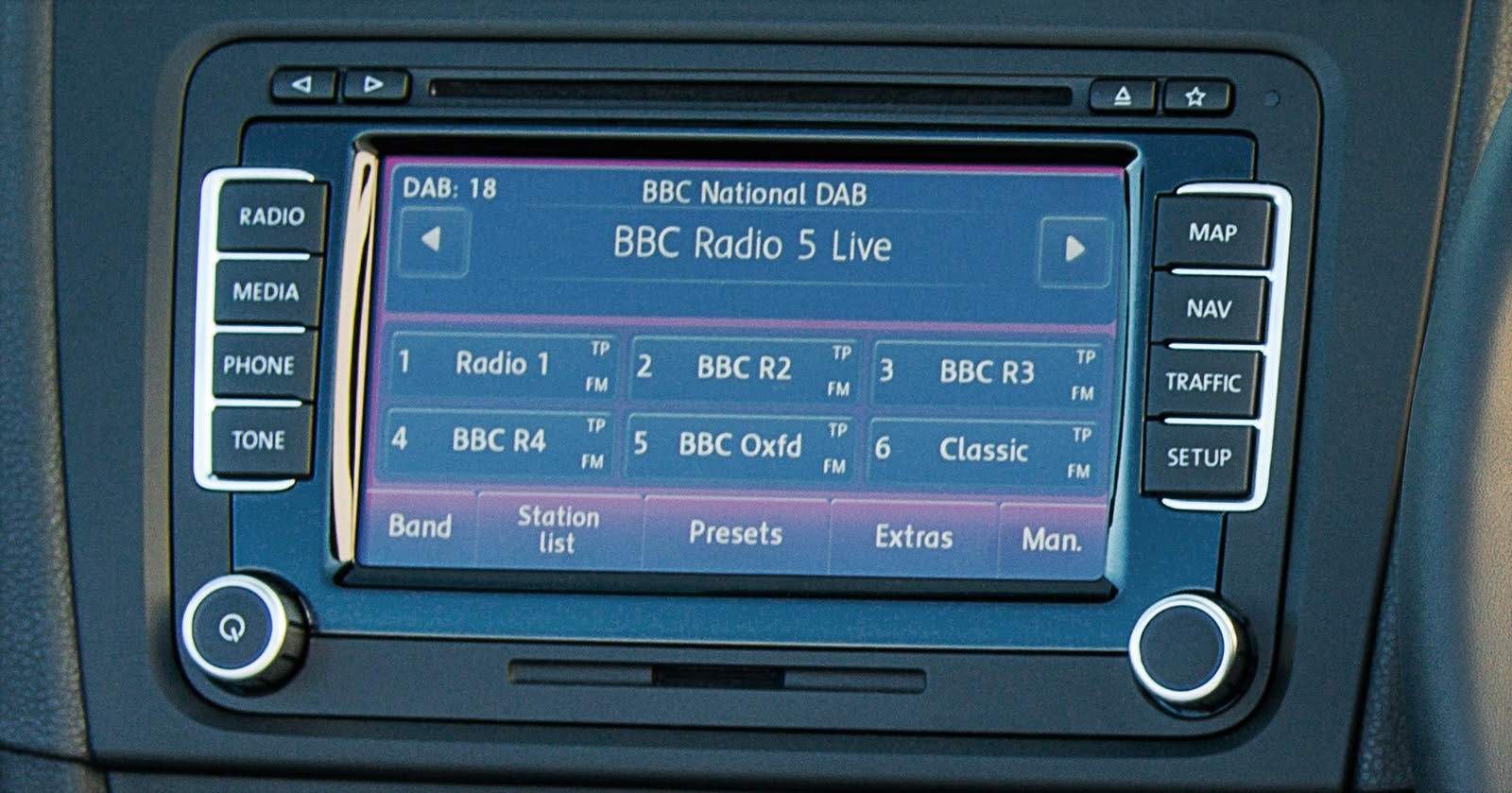In-car technology has come a long way in the last few years, but if you’re not driving the latest and greatest, you can still enjoy cutting-edge technology and a range of useful gadgets from the comfort of your car seat. As more cars are being delivered with standard tech from the factory, the number of aftermarket car gadgets now available for used cars has exploded. Here’s a roundup of our recommendations for the best car accessories to make your next road trip more comfortable.
Best Car Gadgets: Top 5 Picks for 2023
USB Adapter
You don’t need to spend a fortune on a car accessory for it to be useful. In fact, a humble USB adapter proves that sometimes the cheapest upgrade can be the best: one simple sub-£20 unit can drag even the oldest car into the 21st century and give you an in-car charger for a range of devices. By converting a 12-volt socket (commonly used for the cigarette lighter) into a smartphone-friendly USB port, a USB adapter could prove to be one of the best car gadgets.
Buying Tips: Consider how many devices you need to charge at once, because adapters can vary from as few as one or two to as many as five ports. Some will also include USB 3.0 quick charging, an LED light to show the device is charging, or a design that allows for easy fitment and removal. These could be useful if you need to charge, for example, your phone, your partner's phone and an iPad for demanding back-seat passengers. However, it is possible to overdo this, because adapters can blow the socket's fuse if they're charging multiple power-hungry gadgets at once, which is one thing to bear in mind.
Dashcam
If you’ve ever been hit by another car, you’ll know all too well how difficult it can be to subsequently prove your innocence. As a result, not only might the other driver avoid being penalised, but you could end up paying for repairs and possibly face a hike in your insurance premium – and that’s before any injuries are taken into consideration.
A dashboard camera, or dashcam, is a small camera that attaches to the windscreen of your car and records whilst you are behind the steering wheel. It logs the footage, which you can present to your insurer if you’re in an accident, thus allowing you to prove who was at fault. True, it might all seem a bit Big Brother, but if the worst happens, you’ll be glad you had one.
Buying Tips: A dashcam is no good if the image it records is too grainy to be seen. Make sure the model you choose can read the number plate of the car in front, both in daylight (when it may need to cope with glare) and at night. It’s also worth checking whether the camera is compatible with your computer, as well as whether you need to store footage by manually pressing a button or if the device has a built-in sensor that will store it for you.
Satellite Navigation
While many new cars include a built-in touchscreen satellite navigation system, buyers shopping for a used model are less likely to enjoy the benefits of this technology. In addition, the rate of progress of satnav systems means those in many older cars will now be out of date, both in terms of the mapping they use and extra features such as speed-camera warnings and traffic alerts.
A decent portable satnav unit from a company like Garmin can be bought for less than £100, with prices rising if you want extra features such as full European mapping (for your trip to the Continent), a larger screen, or a Bluetooth speaker capable of connecting to your mobile phone, giving you hands-free calling capabilities.
Buying Tips: Rather than buying a dedicated unit, there are some excellent apps that can convert your Apple iPhone or Android smartphone into a satnav for a fraction of the price, or even for free. Just be aware that some use your phone’s data connection (which can inflate your phone bill), and the constant use of your phone’s GPS receiver to plot your location can quickly drain its battery, so consider getting a USB car charger too, as well as a phone mount so you can see the screen clearly. A phone holder will also allow you to use the device for such purposes safety and legally. You can buy a huge variety of car mounts that attach to the dashboard, windscreen or even an air vent.
Reversing Camera
Reversing cameras are great for nervous drivers, especially now that the technology has reached a stage where it is both affordable and relatively straightforward to fit.
A backup camera works by projecting an image of what’s behind your car onto either a separate in-car monitor, your satnav, or even a small screen integrated into the rear-view mirror. Such devices aren’t useful only in helping guide you into a space without bumping into another car or a wall; they also provide a useful safety function by allowing you to see pedestrians in your path.
Buying Tips: Kits will include either just a camera or a camera and monitor, but whichever you choose, think carefully about where you want the camera to sit, and consider asking an electrician to wire in the power supply if necessary. Many systems transmit the picture wirelessly, which is obviously easier than feeding cables through your car.
DAB Radio
The UK’s switchover to digital radio (known as DAB, or Digital Audio Broadcasting) has been delayed more times than a London commuter train, but the fact remains that it will one day replace FM frequencies. However, you don’t need to wait to benefit from the many and varied stations DAB radio has to offer. Whether you’re at home or in your car, there are plenty of ways to upgrade without breaking the bank.
For older cars, the options are to either replace the entire radio unit with a DAB-equipped one (prices start at about £80) or to pick up an adapter (from about £50). The former might look neater, but will typically require professional installation. Meanwhile, for the latter, you generally need to fit only an aerial to your car’s windscreen, and then send the DAB output to your existing radio either via an auxiliary lead or an FM transmitter, so that the sound comes through your car speakers.
Buying Tips: No matter which option you choose, ask about the installation— the last thing you want is to be burdened by a big installation bill. Also, try to find a shop that stocks various systems so you can see how they work. Some have a built-in screen, while others use a separate remote control or require you to use your smartphone to change stations.
Honourable Mentions
If the above hasn't fulfilled your gadget desires, we've got a few more suggestions.
With digital assistants becoming increasingly popular in the home, you can now have them in your car, too. Amazon offers its Alexa assistant through the car-specific Amazon Echo Auto. Expect to see Google follow suit; you can buy the Anker Roav Bolt in the US, which brings Google Assistant into your car, although at the time of writing it's not yet available in the UK.
Many of the most modern cars feature a head-up display (HUD), which beams driving information onto the windscreen, meaning you don't have to glance down at the instrument panel to see, for example, how fast you're going. Several companies now offer aftermarket units that will do the same for older cars, plugging into your car's OBD-ii diagnostics port to give you the correct info.
Wireless car phone chargers are also worth a look. They perform a similar function to USB adapters, but you just pop your device on the pad rather than plugging it in, which is more convenient and can help to avoid the blown fuses we mentioned earlier.
Any new car will, by law, feature a tyre pressure monitoring system, which alerts you if it detects a drop in PSI. The aftermarket didn't hang around, and you can buy third party systems that act like an instant tyre pressure gauge, sending real-time information to an in-car display.
Lastly, and this one isn't very sexy, but a portable jump starter could mean you don't get stranded if your car battery runs out of juice. Keep it in the boot and you'll be able to get things moving again in no time.

